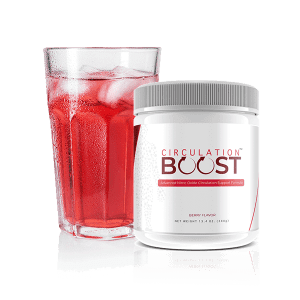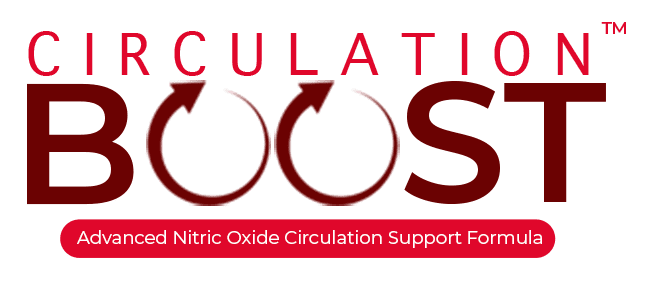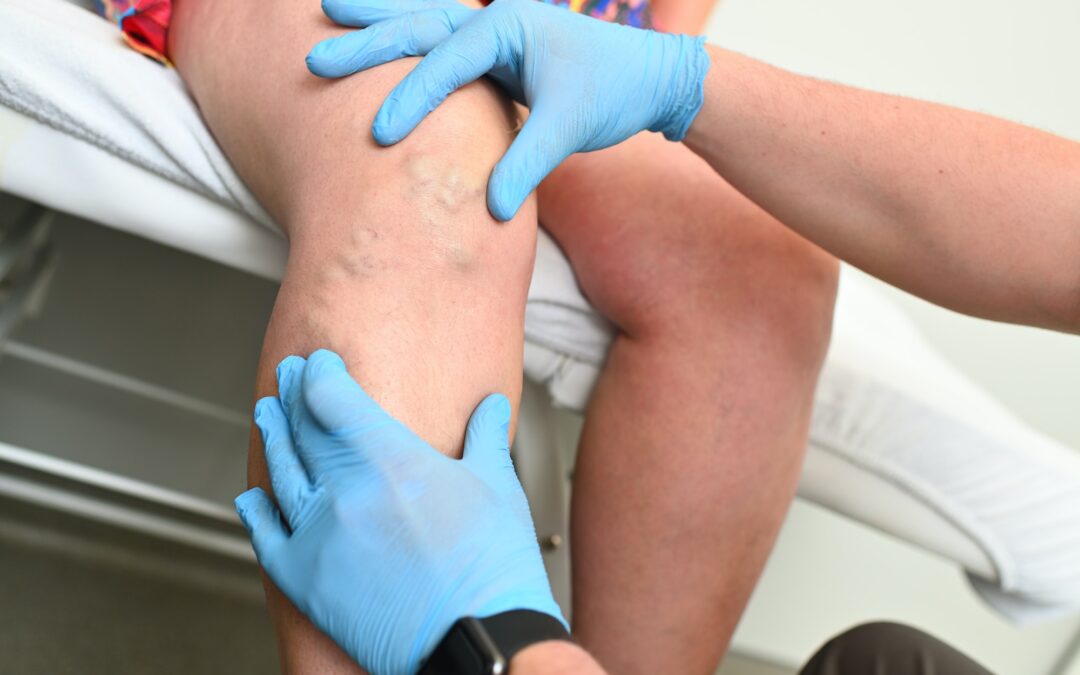Do you know if you’re suffering from poor circulation? The following are some of the most common signs of poor circulation.
The circulatory system plays an important role in your overall health and you need to take care of it. “The circulatory system has two parts to it: There’s the arteries that deliver these nutrients, and then the veins that clear the waste products away,” says Dr. Yu-Ming Ni, a cardiologist at MemorialCare Heart and Vascular Institute with Orange Coast Medical Center in Fountain Valley, California.
Even though it typically does a great job delivering blood, nutrients, and oxygen throughout the body, sometimes it may not work as efficiently. “Poor circulation refers to a number of different things, but in general, looking at it from a bird’s eye view, poor circulation is when blood flow is reduced or inadequate to a certain part of the body,” says Dr. Rigved Tadwalkar, a board-certified cardiologist with Providence Saint John’s Health Center in Santa Monica, California.
Poor Circulation Symptoms
 If you’re experiencing poor circulation, the truth is that it may be due to several reasons. As a result, there are a variety of symptoms to know about. For example, you may feel a tingling or numbness in the skin, feel cold, or see color changes in the skin. “The skin may turn pale, red, purple or, in severe cases, turn black,” says Dr. Cindy Wang, a cardiologist with El Camino Health in Mountain View, California. You may also experience pain or swelling in the area that’s affected. In fact, “people can even have swelling in their belly” according to Ni.
If you’re experiencing poor circulation, the truth is that it may be due to several reasons. As a result, there are a variety of symptoms to know about. For example, you may feel a tingling or numbness in the skin, feel cold, or see color changes in the skin. “The skin may turn pale, red, purple or, in severe cases, turn black,” says Dr. Cindy Wang, a cardiologist with El Camino Health in Mountain View, California. You may also experience pain or swelling in the area that’s affected. In fact, “people can even have swelling in their belly” according to Ni.
Other symptoms and signs include bulging or varicose veins, shortness of breath, fatigue, chest pain, and muscle cramping. “With peripheral arterial disease, especially of the lower leg, muscle cramping or pain in the calves can be common,” says Tadwalkar. “If you notice a consistent pattern, that every time you go two or three blocks, for example, you get a leg cramp or leg spasm, that might be a sign of poor circulation in the artery.”
Improving Your Circulation
While treating poor circulation effectively often means dealing directly with the cause, there are general tips that can help. For example, making lifestyle changes like exercising more and eating healthier can go a long way. “I recommend lots of vegetables and walking 30 minutes per day,” says Wang.
 Ni adds support to this, as he states that “exercise is probably one of the most important treatments. It’s free, it’s easy and it works wonders for blood flow to the legs.” He also adds that working out for at least 30 minutes per day will “help strengthen the flow of blood through the legs.”
Ni adds support to this, as he states that “exercise is probably one of the most important treatments. It’s free, it’s easy and it works wonders for blood flow to the legs.” He also adds that working out for at least 30 minutes per day will “help strengthen the flow of blood through the legs.”
Finally, you may be able to boost your circulation by taking supplements like Circulation Boost. Its ingredients support healthy circulation, energy levels, nutrient and oxygen delivery, muscle development, recovery and healing, and more. Give your circulatory system the help it needs by looking out for poor circulation signs, adopting a healthy lifestyle, and taking Circulation Boost.

